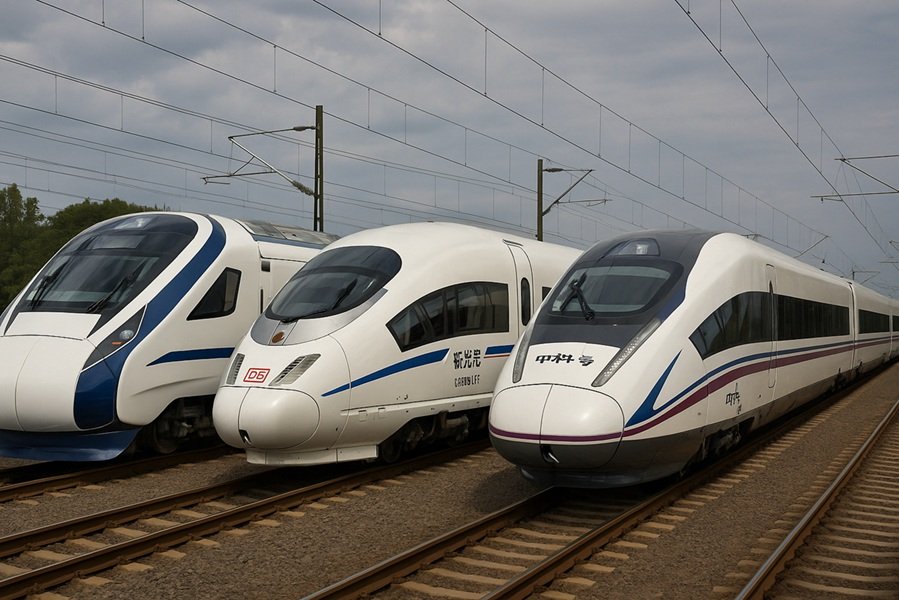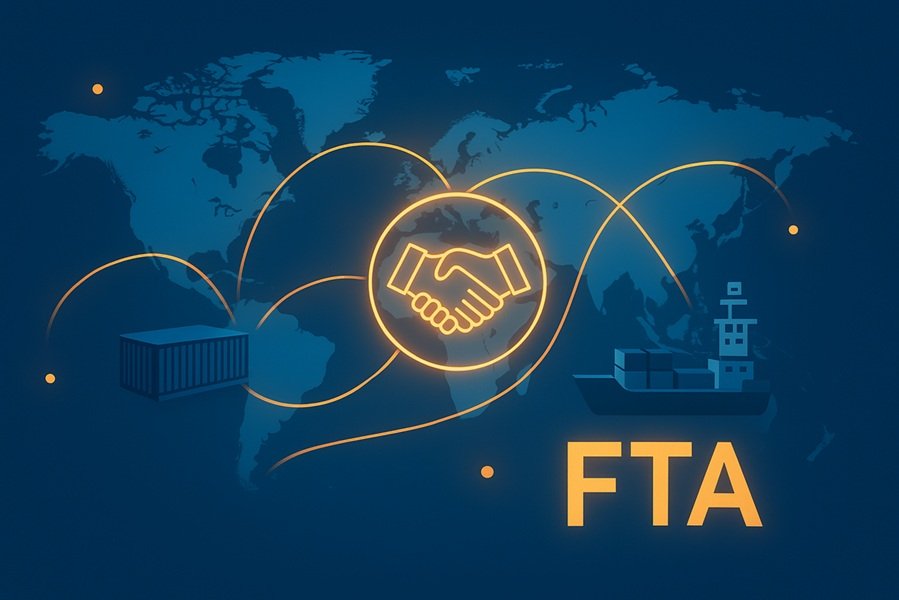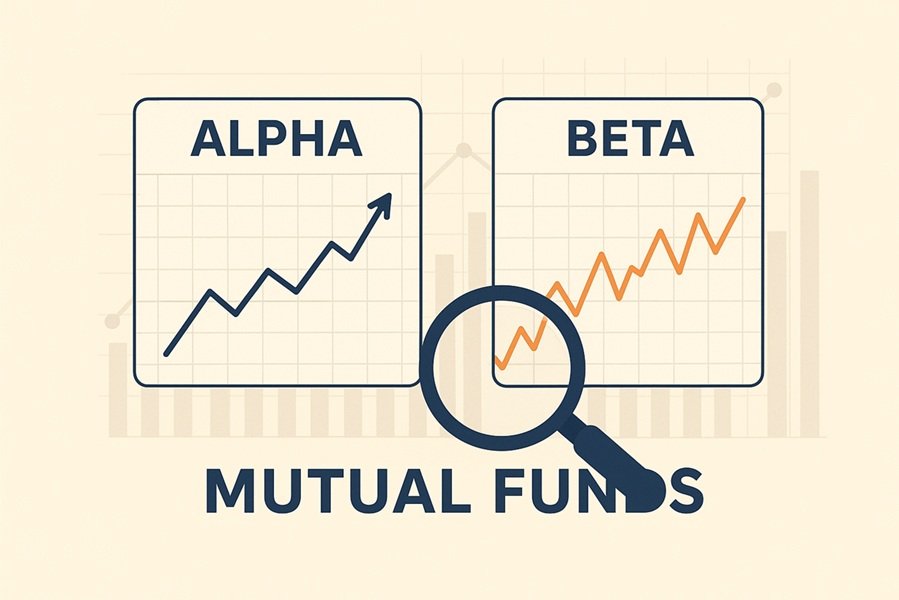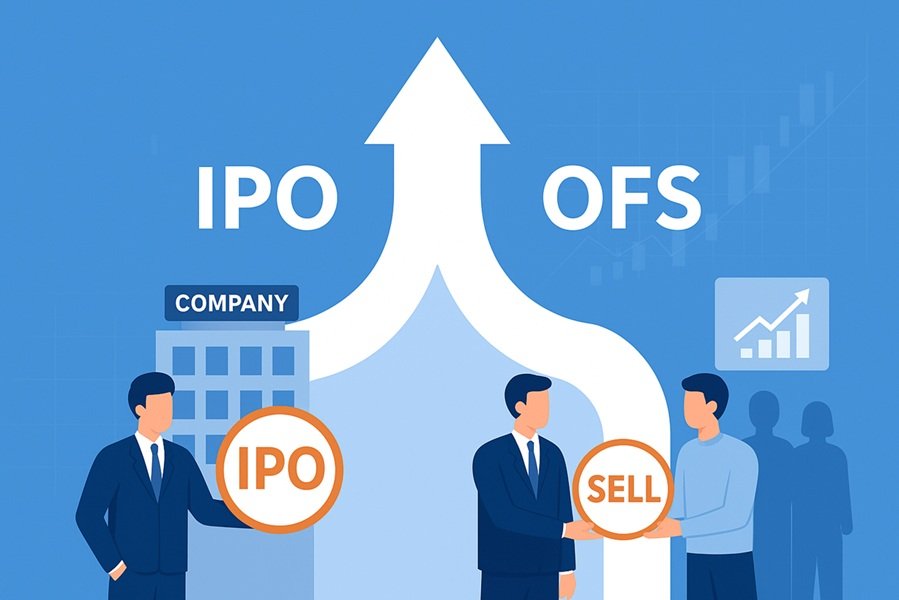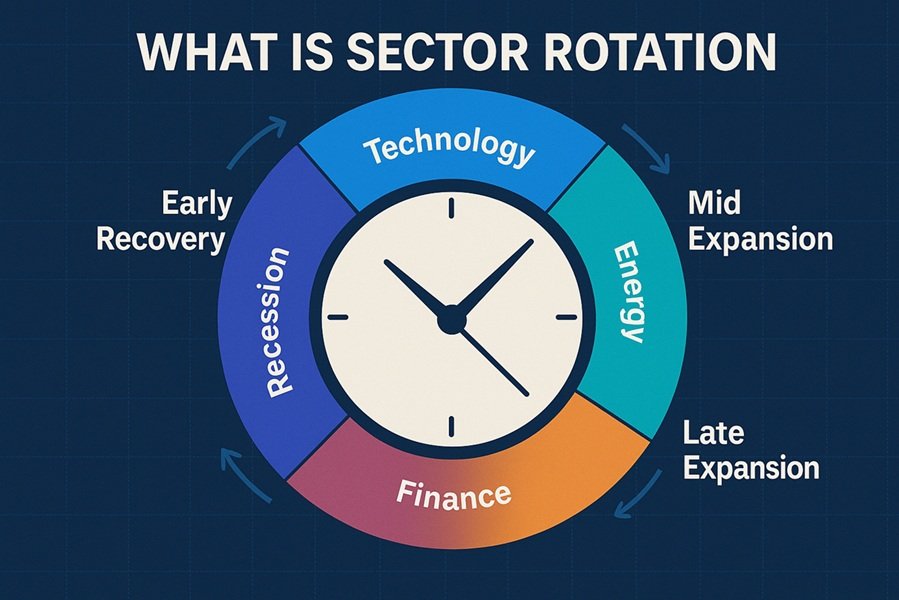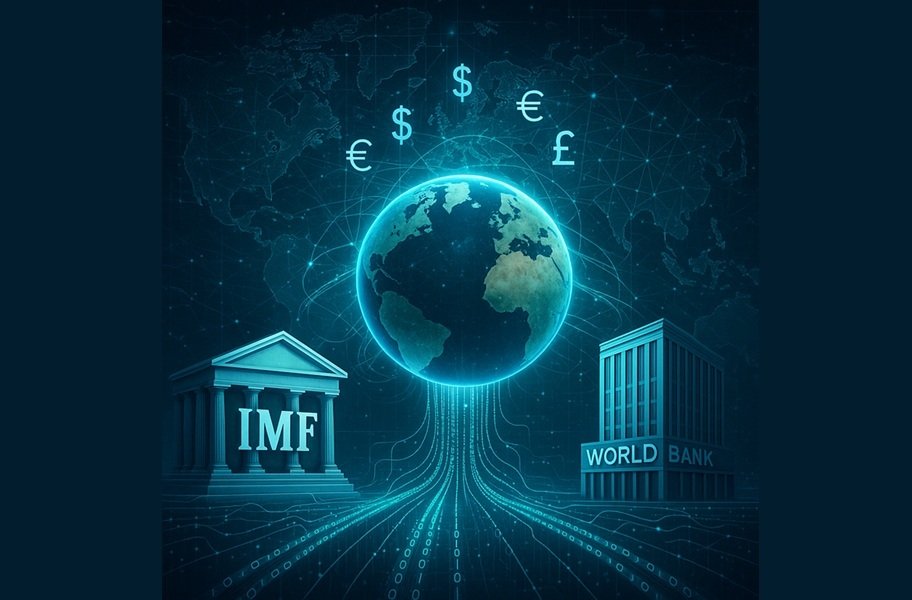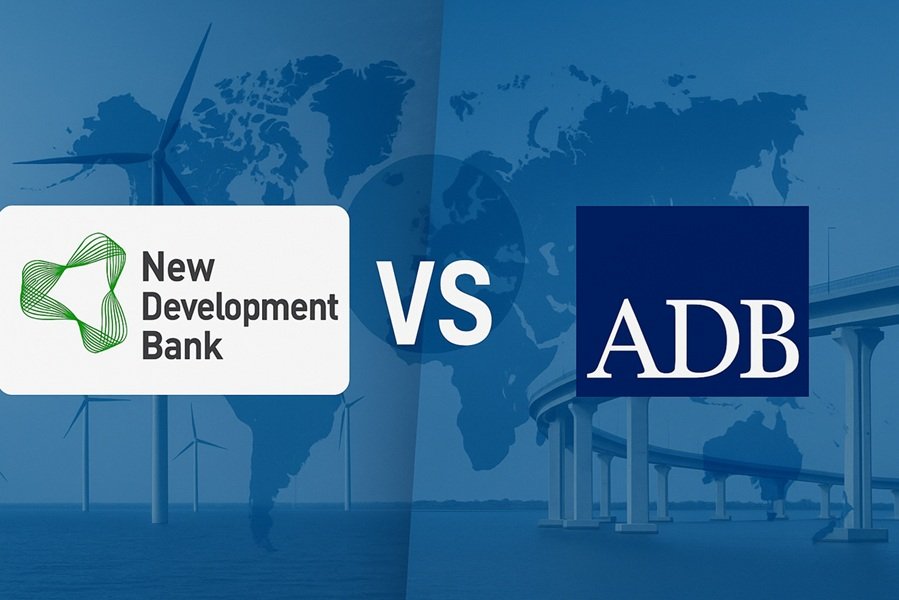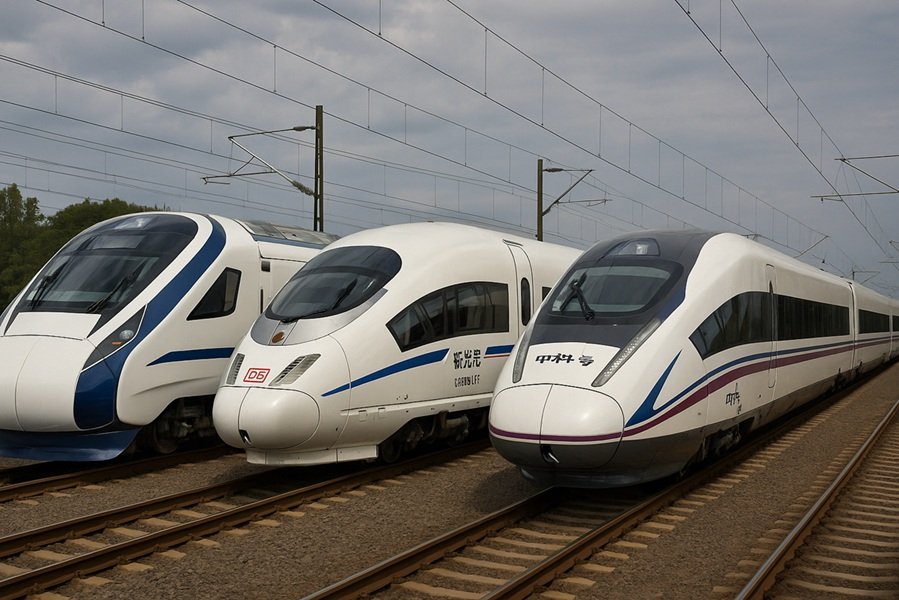
High-speed rail has reshaped travel across continents: where flights once dominated medium-distance journeys, modern high-speed trains now offer city-centre to city-centre travel that’s fast, comfortable, and increasingly green. This article explains the technology and history behind high-speed trains, compares record speeds and operational figures, and profiles 15+ notable high-speed trains and services from around the world — their top speeds, routes, and what makes each one significant.
Read This: Semi High-Speed Trains of the World — Technology, Examples & Global Overview (15+ Trains)
What counts as “high-speed”?
There is no single universal cutoff, but most definitions use either infrastructure or operational speed:
- The International Union of Railways (UIC) commonly uses 250 km/h (155 mph) on purpose-built high-speed lines as a working definition.
- Many countries call services reaching 200–250 km/h on upgraded lines “higher-speed” while reserving the term “high-speed” for lines and trains running ≥250–300 km/h.
High-speed technology covers conventional steel-wheel trains on dedicated lines and non-conventional systems like magnetic levitation (maglev). The experience and engineering differ wildly between the two.
A short history (fast take)
- 1960s–70s: Japan’s Shinkansen proves commercial high-speed rail is viable (Tōkaidō Shinkansen opened 1964).
- 1980s–90s: Europe launches networks (France’s TGV, Germany’s ICE, Spain’s AVE).
- 2000s–present: China builds the world’s largest high-speed network in under two decades and introduces multiple homegrown designs.
- Maglev experiments (Germany, Japan, China) push theoretical speeds beyond 500–600 km/h in tests; commercial maglev exists but is limited (Shanghai).
Technology snapshot: how they go so fast
- Dedicated track geometry: gentler curves, larger cant, continuous welded rail and slab track reduce vibration and allow higher sustained speeds.
- Aerodynamics: slender noses, smooth underbodies, and attention to pressure waves (especially when entering tunnels).
- Traction and braking: distributed traction (motors on many axles) improves acceleration and adhesion; regenerative and eddy-current braking handle high-speed deceleration.
- Signalling & train control: in-cab signalling (ETCS, CTCS, TVM) replaces wayside signals; automatic train protection is mandatory at high speeds.
- Vehicle dynamics: bogie design, suspension and active stability systems keep ride quality high at speed.
- Maglev systems: remove wheel-rail contact to eliminate rolling friction; levitation and propulsion by magnets allow far higher possible speeds but bring huge infrastructure costs.
World speed records — headline figures
- The French TGV test V150 reached 574.8 km/h during a special trial in April 2007 — the well-known steel-wheel record. (Wikipedia)
- Japan’s SCMaglev (L0 series) has achieved test speeds around 603 km/h (record during development/testing), showing what maglevs are capable in trials. (The Guardian)
- China’s purpose-built high-speed sets like the CR400 “Fuxing” are designed and operated for sustained 350 km/h commercial service (design and operational figures vary by variant). (Wikipedia)
- The Shanghai Maglev was the world’s fastest commercial service for many years with peak operational runs recorded at 431 km/h (commercial cruising later capped to lower speeds for routine service). (Wikipedia)
- Modern European flagship sets such as Italy’s Frecciarossa 1000 were designed around high commercial performance (service speeds typically 300 km/h; design targets up to 360–400 km/h). (Wikipedia)
(These five statements are central speed/record claims and are supported by publicly available test and operator data.)
15+ notable high-speed trains and services (profiles)
Below are concise profiles grouped geographically; each entry gives what makes the train or service noteworthy.
East Asia
- CR400AF / CR400BF “Fuxing” (China) — Current backbone of China’s HSR fleet. Designed for 350 km/h commercial operation with technical capability above that in tests; extremely numerous and used across China’s expanding network. (See CR400 specifications above.) (Wikipedia)
- Shanghai Maglev (Transrapid SMT) — A commercial maglev connecting Pudong Airport and the city; historically hit 431 km/h in commercial runs and reached higher speeds during tests. It remains the best-known operational maglev. (Wikipedia)
- Shinkansen Series (Japan) — The family of bullet trains (0, 100, 200, N700, N700S, E5/E6 etc.). Shinkansen services are famed for punctuality, safety, and speeds up to 320 km/h in regular service (N700 series and E5/A).
- SCMaglev (Japan, L0/MLX series) — Magnetic levitation test train with record test runs over 600 km/h; planned Chuo Shinkansen maglev line (Tokyo–Nagoya–Osaka) aims to enter commercial service in phases (subject to schedules and approvals). (The Guardian)
- KTX / KTX-Sancheon (South Korea) — Korean high-speed network using KTX I (based on TGV tech) and later domestic models; operational speeds around 305 km/h on main corridors. (Wikipedia)
Europe
- TGV (France) — A family of very influential high-speed trains; commercially up to 320 km/h on LGV lines. Special test campaigns produced the historic 574.8 km/h record on a specially modified train. (Wikipedia)
- Frecciarossa 1000 / ETR 1000 (Italy) — Trenitalia’s flagship, engineered for top service speeds of 300 km/h and designed for higher (360–400 km/h) in some configurations; notable for cross-border capability and passenger comfort. (Wikipedia)
- Renfe Class 103 / AVE (Spain) — High-speed AVE services (Madrid–Barcelona and many others) using Siemens Velaro derivatives; timetabled speeds historically approached 310–350 km/h in some runs, though regular services commonly run at 300 km/h. (Wikipedia)
- ICE Series (Germany) — Germany’s Intercity-Express family (ICE 1–4), with ICE-3/Velaro derivatives running up to 300 km/h on ICE lines; important for cross-border European services.
- Eurostar e320 / e300 — Cross-Channel services connecting London with Paris/Brussels/Amsterdam; e320 units reach up to 320 km/h on high-speed lines.
- Talgo Avril / Renfe high-speed proposals (Spain) — Spain has multiple manufacturers and models (Talgo, Siemens, CAF) participating in very high-speed designs and experiments; Talgo’s Avril concept aimed at very fast, lightweight performance.
North America
- Amtrak Acela (USA) — The Northeast Corridor’s “higher-speed” tilting train, max commercial speeds up to 240–260 km/h (150–160 mph) on short stretches; overall average speeds are lower due to mixed traffic and infrastructure. The US industry focuses on upgrades and new projects (Northeast Corridor modernization, high-speed proposals).
- Brightline (USA) — A private higher-speed service in Florida focusing on intercity leisure and commuter markets; not at European/Asian HSR top speeds but important for U.S. private HSR development.
Other notable entries
- China CRH380 and other CRH series — Predecessors to Fuxing with high test and operational speeds (many designs and test records in the 350–400 km/h bracket historically).
- Russian Sapsan — Siemens Velaro S derivatives operating Moscow–St. Petersburg route at up to 250–300 km/h.
- Iran, Turkey, and others — A growing number of countries operate or plan high-speed lines (Turkey’s YHT, Iran’s Tehran-Qom-Isfahan projects, Morocco’s Al Boraq linking Casablanca–Tangier at ~320 km/h design speeds in parts).
How operators measure “fastest” — a caution
“Fastest” can mean different things:
- Top tested speed: peak in a non-revenue test (e.g., TGV V150’s 574.8 km/h).
- Top operational (commercial) speed: maximum speed trains are scheduled to run in revenue service (e.g., many CR400 services at 350 km/h).
- Average trip speed: journey distance divided by scheduled time — sometimes a better measure of how fast a route actually feels to passengers (China’s Beijing–Shanghai G-series services have among the highest average speeds on long routes).
Because of these distinctions, headlines like “fastest train” may refer to very different metrics.
Environmental and economic impacts
- Lower emissions per passenger-km: Trains, especially electric HSR powered by low-carbon grids, often emit far less CO₂ than short-haul flights on a per-passenger basis.
- Land use & construction footprint: Building high-speed corridors is capital-intensive and can require complex civil works (bridges, tunnels) — this encodes high upfront environmental and economic costs.
- Regional development: HSR can re-shape commuting patterns and regional economies (e.g., shrinking effective distances between major cities).
- Operating economics: Trains need high frequency and load factors to approach financial sustainability; networks with strong demand (China, parts of Europe, Japan) show robust utilization, others struggle.
Challenges and future directions
- Infrastructure cost vs benefit: High costs require political will and accurate demand projections.
- Noise and pressure waves: Especially at very high speeds and in tunnels — research continues (recent work on “tunnel boom” mitigation for maglevs). (The Guardian)
- Maglev vs conventional HSR tradeoff: Maglev promises very high speeds but comes with proprietary tech and massive infrastructure costs; conventional steel-wheel HSR remains the global mainstream.
- Electrification and green energy: The greener HSR becomes depends on the electricity mix; coupling HSR expansion with decarbonized grids amplifies climate benefits.
- Cross-border interoperability: Standardizing signalling, power, and safety (ETCS, for instance) enables seamless international high-speed services in Europe and beyond.
Quick comparison table (high-level)
- Maglev (Shanghai, future SCMaglev) — potential speeds 300–600+ km/h; very high infrastructure cost; low rolling resistance. (Wikipedia)
- China CR400 / CRH family — 350 km/h commercial design; massive network coverage and frequent services. (Wikipedia)
- Japan Shinkansen — ~320 km/h top services; world leader in safety and punctuality.
- France TGV — 320 km/h commercial, historic test record 574.8 km/h in 2007. (Wikipedia)
- Italy Frecciarossa 1000 — 300 km/h commercial, designed for higher. (Wikipedia)
Practical tips for travelers (if you plan to ride)
- Book in advance for best prices on many European and Asian HSR services.
- City-centre stations are often a major advantage vs airports — plan connections accordingly.
- Seat classes: many operators offer economy/standard, business/first, and premium options; check baggage rules (usually generous vs airlines).
- Rail passes vs point-to-point tickets: evaluate based on itinerary — passes can be cost-effective for multi-stop trips in Europe/Asia.
Final thoughts
High-speed rail is one of the most consequential transport technologies of the past 60 years. From Japan’s Shinkansen proving commercial reliability to Europe’s cross-border high-speed networks and China’s unprecedented rapid rollout, HSR has demonstrated that trains can compete with short-haul flights — often offering central-city access, lower per-passenger emissions, and a high-quality passenger experience. Meanwhile, maglev and future ultra-high-speed concepts continue to push technological boundaries. Which systems ultimately dominate will depend on a mixture of economics, policy choices, and evolving environmental priorities.


